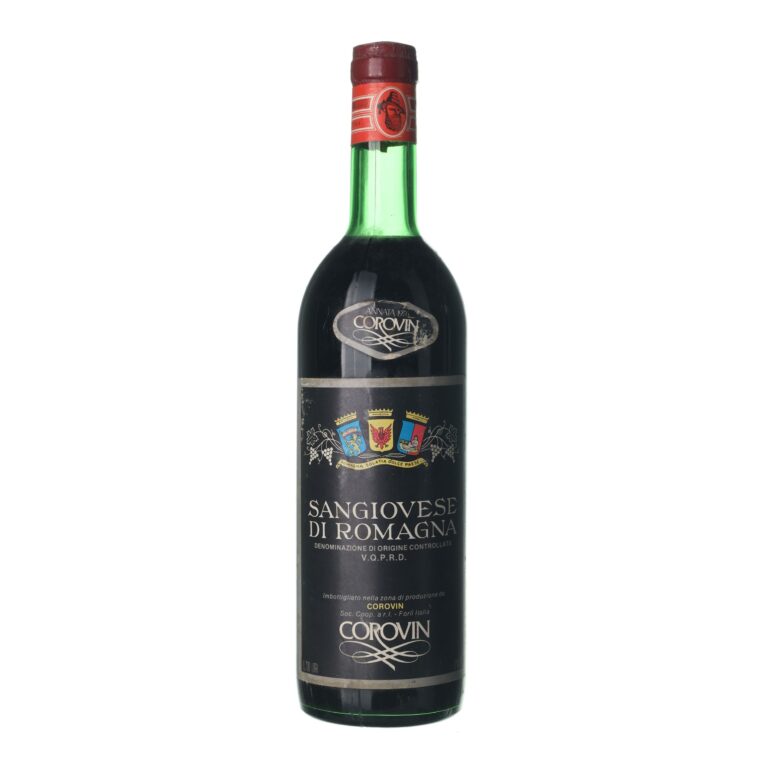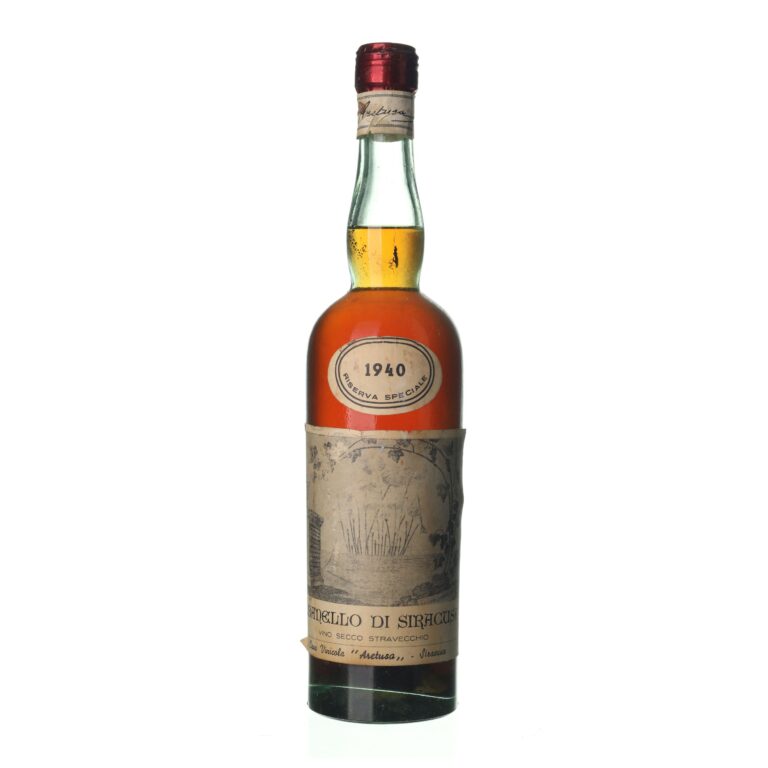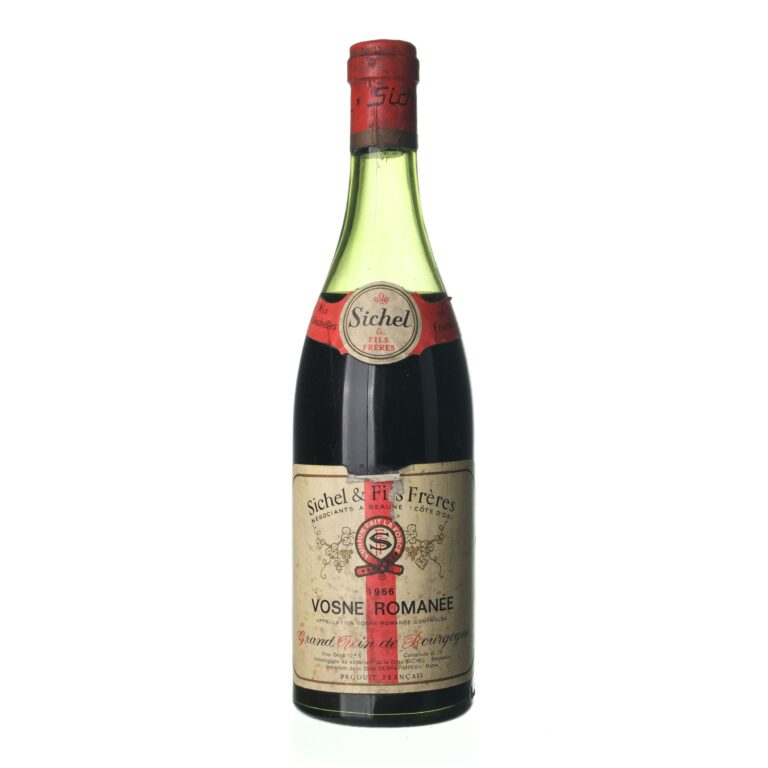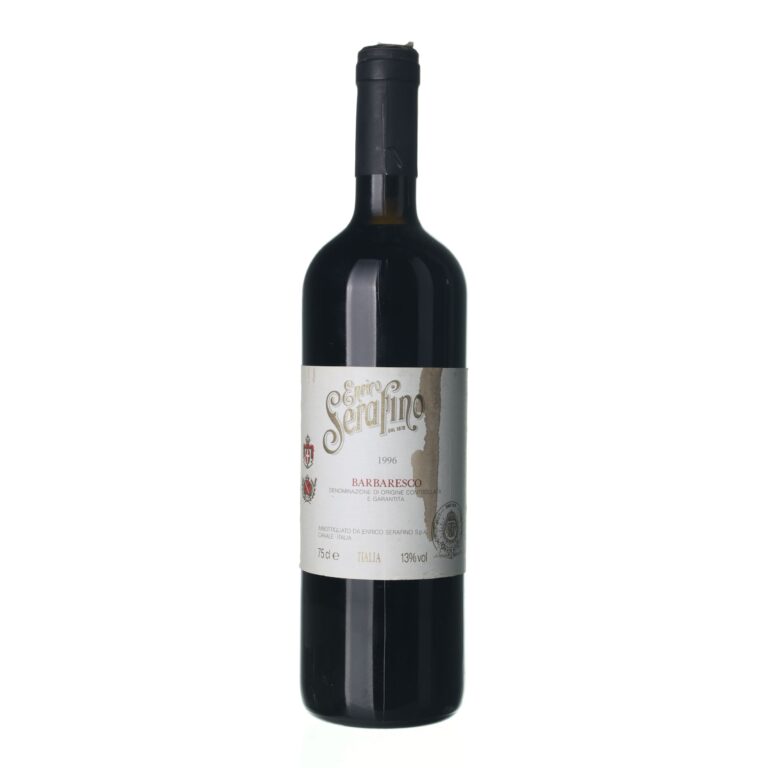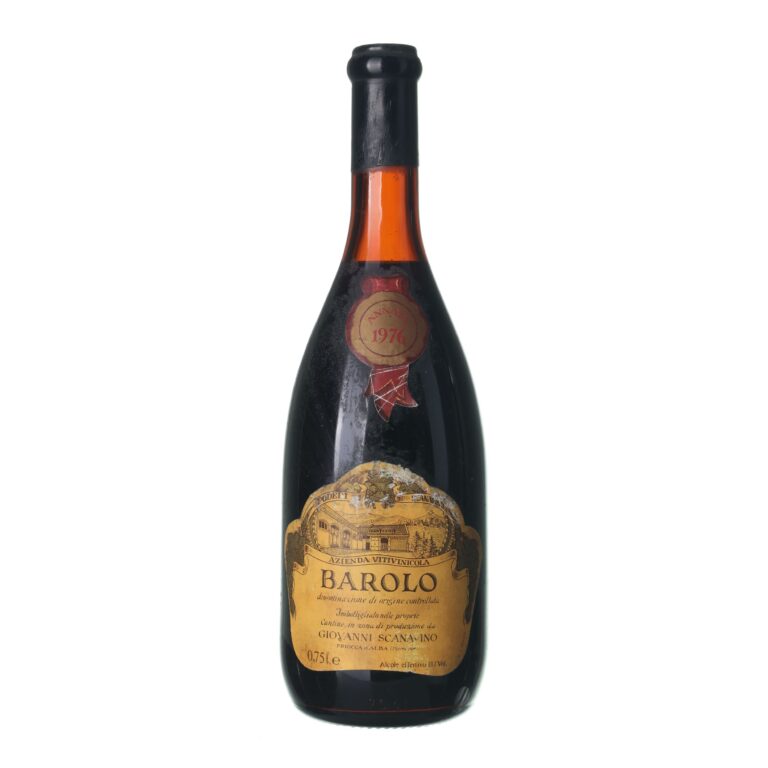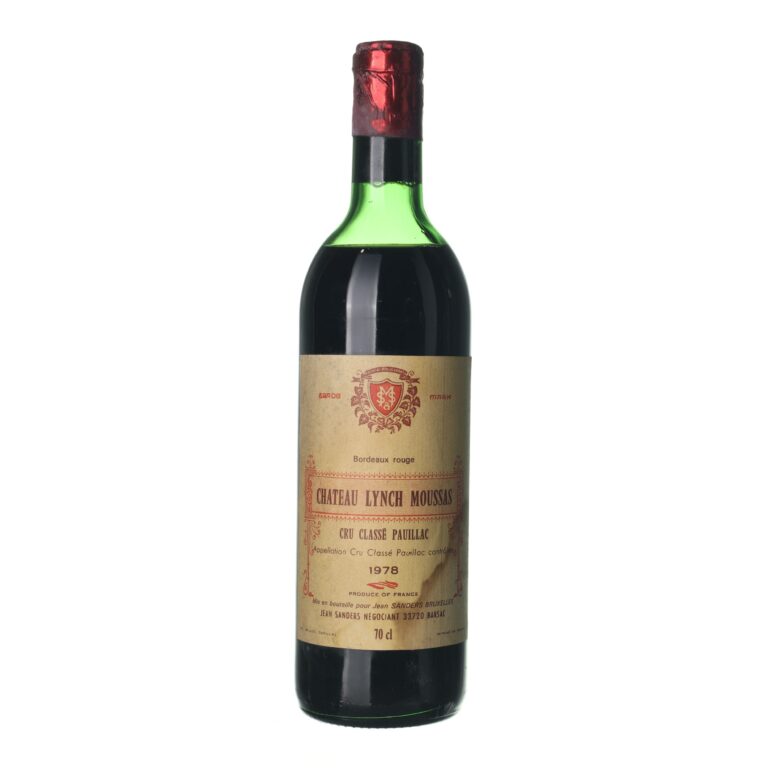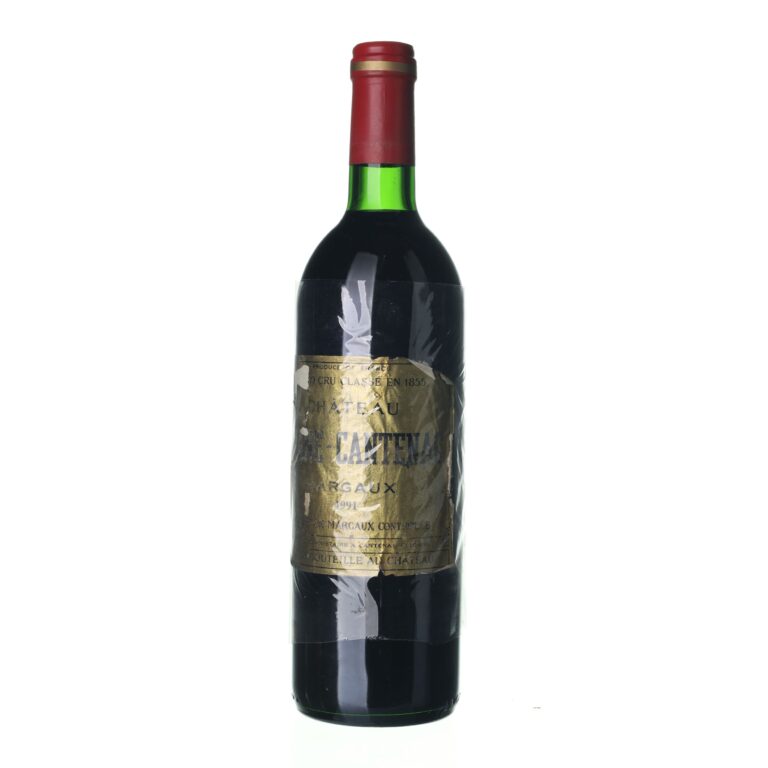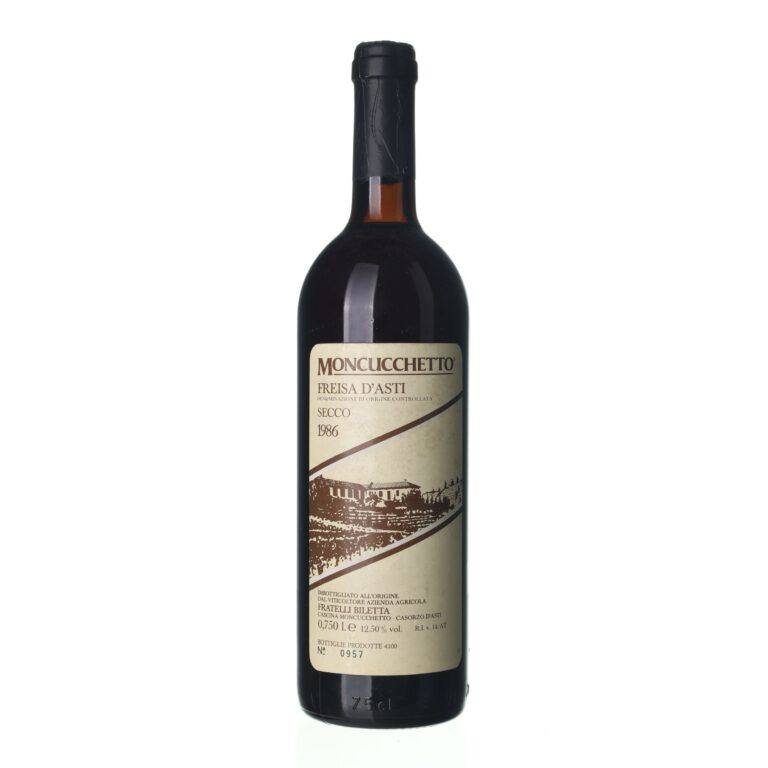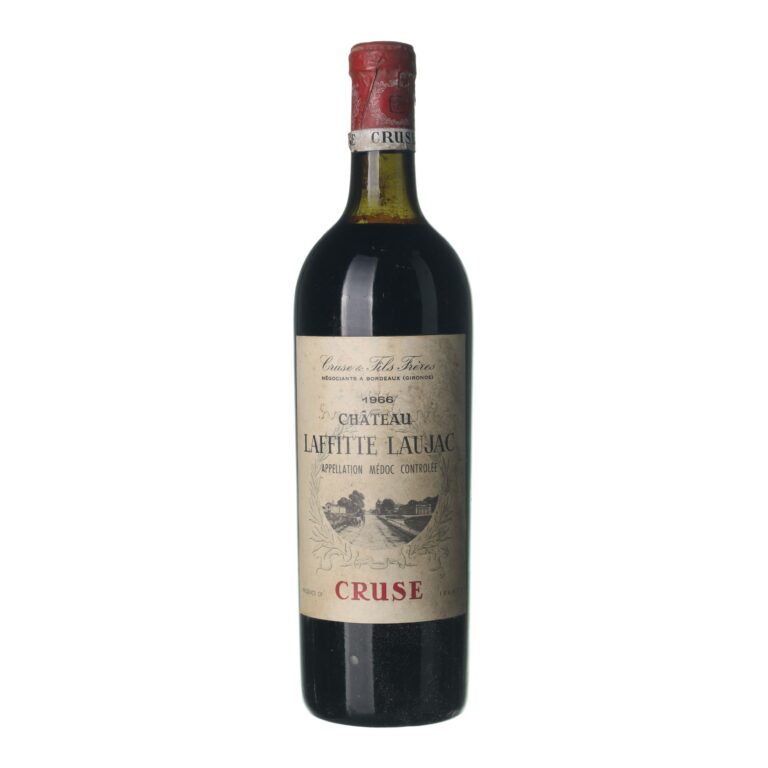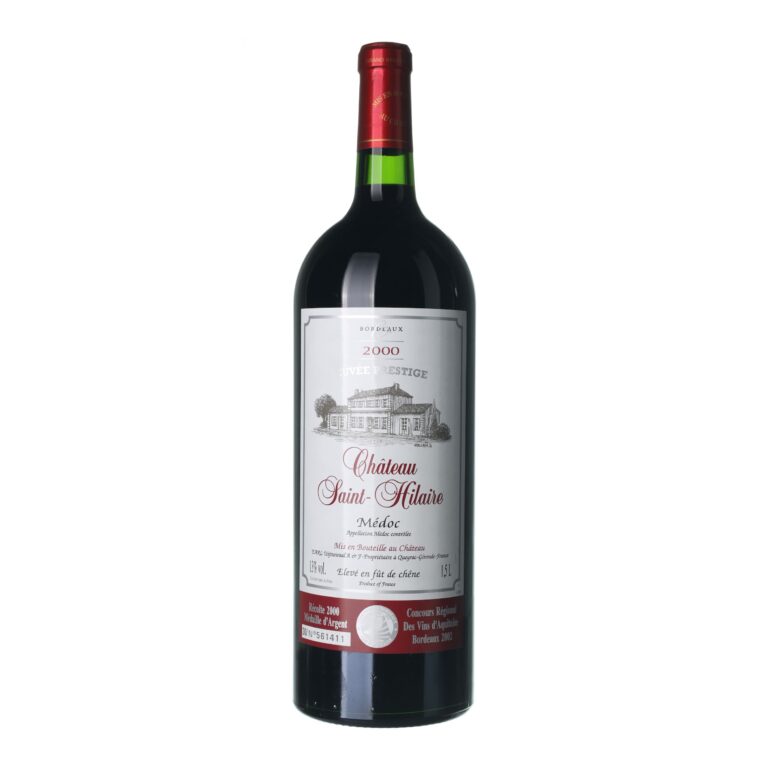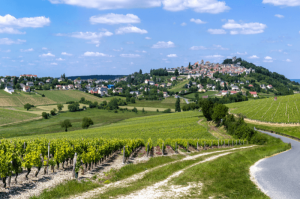Eight shades of red: basic red wine types – Part 2
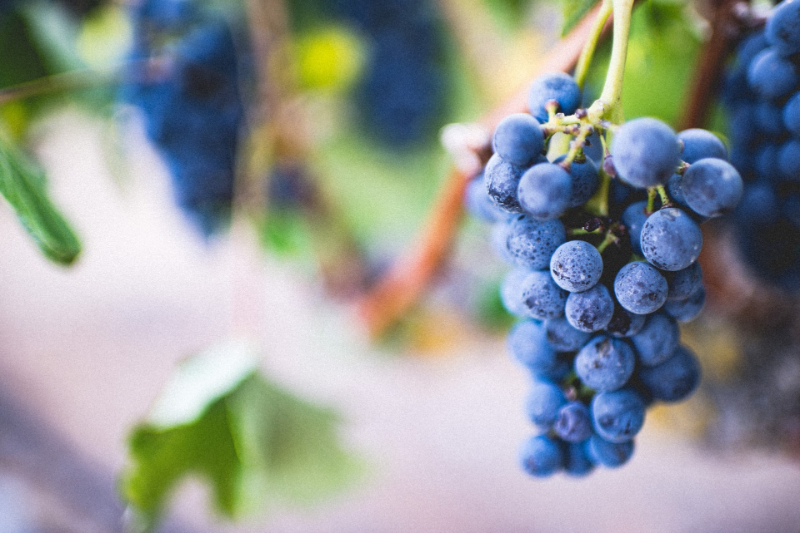
They say that that a good red wine is best enjoyed with friends. Reds also have the reputation of requiring a good deal of time and care to explore their tastes and aromas. However, if you give this, they will reward your efforts richly. Do you know what the most famous varieties are and what’s so interesting about them? Read on!
In the first part of this series focusing on red wines we introduced the Cabernet Sauvignon, Dornfelder, Blaufränkisch, and Merlot varieties. Today we’ll finish it with another four wines. Please get acquainted with:
5. Blauer Portugieser
A little history: The name of Blauer Portugieser may create a certain impression, but its origin is actually unknown. The fact that this variety is widespread in the entire Danube area has led to some theories about its origin being in this area.
Blauer Portugieser in numbers: Blauer Portugieser is grown nearly everywhere in the Czech Republic where grape vines are grown, and it covers nearly 4 % of the overall vineyard acreage. It’s also popular in Austria, Germany, and other wine-growing countries.
Who will enjoy it? It’s for everyone who appreciates fruity and floral tones (violets, peonies) and a less tannic taste. When it matures, it may even develop the scent of hay.
What to enjoy it with: Blauer Portugieser is a lighter wine and it’s well suited to serve with many kinds of dishes: for example, Italian cuisine, cold platters, or roasted poultry.
Something you may not know: This wine should be drunk young, because it matures quickly and therefore isn’t suited for archiving. It’s also used for producing St. Martin’s wines.

6. Pinot Noir
A little history: The birthplace of this wine is most likely Burgundy, where the first documented records of this variety come from, dating back to the 4th century and even earlier.
Pinot noir in numbers: The most interesting fact for Czechs is that Pinot noir used to be grown on nearly 90 % of vineyard acreage, but today it only occupies 4 %. Besides in France, it’s also found a home in Germany and Italy, and we can find it almost everywhere else in the world.
Who will enjoy it? Those who appreciate a rich yet delicate taste, where they may also detect tones of forest berries or stone fruits. In a more mature wine, they may also find smoky tones.
What to enjoy it with: You can definitely enjoy red wine of this variety by itself, but it’s also nice with mutton, or moldy or semi-hard cheeses.
Something you may not know: Pinot Noir is one of the three varieties that are allowed to be used in the production of French Champagne.
7. St. Laurent
A little history: The St. Laurent grape variety is part of the broader Pinot family and most likely comes from Alsace. It spread to Germany in the middle of the 19th century, and from there it then reached into Germany and other neighboring countries.
St. Laurent in numbers: This variety takes up the largest amount of land in the Czech Republic’s vineyards: it’s the most widespread and most frequently grown grapevine. It was registered in the State Wine Varieties Book in 1941.
Who will enjoy it? St. Laurent delights the scent and taste buds with its typical juicy aroma reminiscent of dried plums, plum jam, cherries, and cinnamon, or dried fruit in general.
What to enjoy it with: It goes well, for example, with pork, wild game, goulash, or intensely-flavored cheeses. It also won’t disappoint you with goose or duck.
Something you may not know: The name of this variety is derived from the fact that on St. Laurent’s Day – that is, August 10 – they grapes of this variety begin to get soft and take on their characteristic color in southern France. St. Laurent is also used to produce rosé wines.
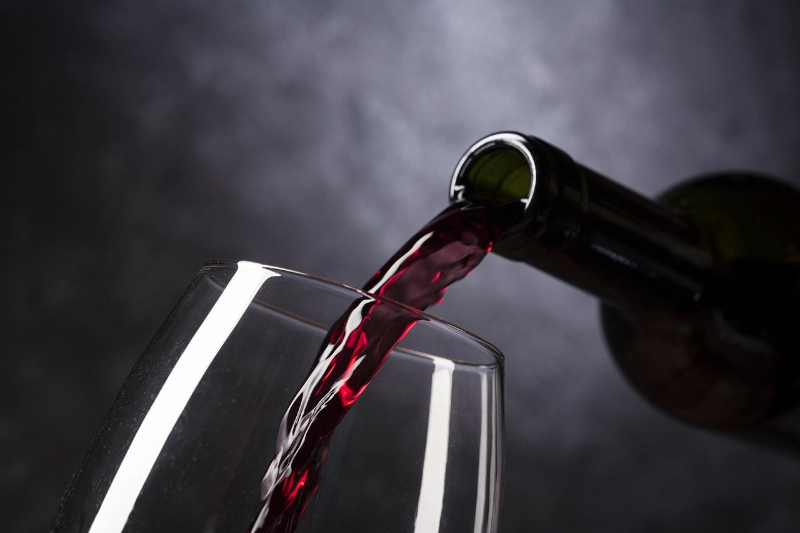
8. Zweigeltrebe
A little history: Zweigelt was bred in 1922. It comes from the Austrian town Klosterneuburg, and was created by crossing the St. Laurent and Blaufränkisch varieties.
Zweigelt in numbers: This is currently the most widespread blue variety in Austria, and we also find it in Hungary, German, and even Switzerland. In the Czech Republic it takes up about 5 % of the total vineyard area.
Who will enjoy it? Those who appreciate a red wine that smells like sour cherries and other berries, and which has a spicy taste with a dash of forest fruits – which is rougher in a young wine and becomes more delicate with maturation.
What to enjoy it with: You won’t go wrong combining it with red meat, such as beef, but pheasant or good quality hard cheeses are also recommended to go with it.
Something you may not know: Rosé wines are also made from Zweigelt grapes. The vines often produce grapes suitable for wines with geographical appellations.
One more thing: The production of red wine is an interesting process that we’d like to write more about. But how to you protect a quality red wine from spoiling before it’s consumed? Before serving it, it’s crucial to provide the red wine with the correct temperature, and therefore we’d like to remind you that the ideal range for most red wines is 14–16 °C, with a deviation for light reds from 13–15 °C and heavier reds from 16–18 °C.
In our selection you’ll find vintage red wine, which develops “tertiary” tastes and aromas that differ from the primary ones. They mainly arise through chemical process that take place during the wine’s maturation in bottles. So, for example, fruity tones may transform into roasted fruit. However, entirely new aromas can also arise – mycelium, rotting leaves – or special flavors such as truffles.
Select wines. In your email.
once every month. You can look forward to our recommendations, interesting content, and great offers for your archive for your archive.
By sending an email you agree to the Terms and Conditions for Protection of Personal Data


